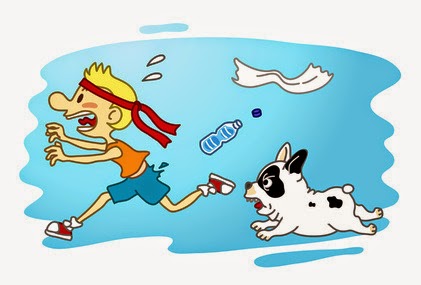Benefits of Senior Pets
Their affection is timeless. Their devotion is ageless. Their love is furever! November is National Adopt a Senior Pet month, and we're celebrating by doing a special article about the benefits of adopting a senior pet! Here are our top ten benefits of adopting a senior pet!
If you're looking for very specific attributes, such as "good with children and other pets" or a pet that has a verified good health history then adopting an older pet could be your best option! When you adopt an older pet, you can "custom order" all of the qualities that you are searching for in your furever friend!
If you have a favorite breed, chances are there is a rescue somewhere near you that rescues
that specific breed. You'll be able to get a purebred pet, while still rescuing a displaced animal! It's a win-win for everyone!
There are often not many surprises when adopting an older pet; what you see is exactly what you're adopting. The coat, general overall health, and size are already determined. When adopting a young animal, colors and patterns on the coat may change, health issues specific to a breed may arise, and size is always the biggest surprise! When adopting an older pet, there's no need to worry about any of those surprises!
In addition to owners being able to hand pick favorable qualities, older pets also have developed refined petiquette. Senior pets have years of experience living with a family and being socialized, unlike excitable puppies that are still learning manners. Many older pets will know basic obedience such as sit, stay, and down. They may even know a few tricks! Many are house trained and it takes them less than a few hours to learn the new house rules.
Contrary to the old saying, you
can teach an old dog new tricks. Adult dogs have been living socialized with people for most, if not all, of their lives. They are keen to understanding humans and what we expect. They also have a higher ability to focus compared to their puppy counterparts. Older dogs are more attentive and eager to please.
Because they've lived in other homes, older pets understand that everything in the house is not theirs to chew on. Dogs, much like people, go through various stages in life, including a "terrible toddler" stage. Older pups won't likely be chewing your electronics or shoes, and your older kitty won't be too curious about potted plants and shredding your keepsakes.
Older pets are extremely relaxing to spend time with because they
are so well behaved. They also have had plenty of years to perfect the art of cuddling! You won't have to worry about copious amounts of training, or finding ways to burn of extensive amounts of puppy energy. That gives you time to focus on nothing but positive time to do special and relaxing things with your furbaby.
Senior pets are perfect companions for senior citizens. Older pets are much calmer and much more accepting (and usually prefer) to relax all day long. Young pets need a great deal of attention and exercise. The company of senior pets is often very comforting for senior citizens that may night have the energy to look after a young pet. Older pets are completely content walking through life at a slow pace!
Adopted senior pets are thankful for your compassion. Older pets seem to have a sense that you gave them another chance when no one else would. Owner-pet bonds form instantly with older adopted pets because the animal shows the owner a higher level of regard and loyalty.
You get to be the hero! People that adopt older animals feel a certain pride and purpose, and they should! Adopting an older pet means opening your home to a hard-to-place pet and giving them another shot at being part of a loving family.













